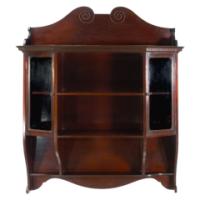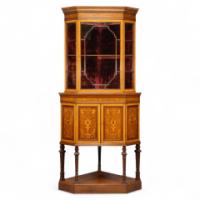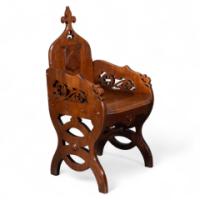E. W. Godwin Made by Collinson & Lock an Exceptional Anglo-Japanese Rosewood Table
POA
Width: 33 in (83.82 cm)
Depth: 19.75 in (50.17 cm)
About this piece
This piece is being held for an exhibition dedicated to the furniture designed by E. W. Godwin, to be held at the Bröhan Museum in Berlin next spring.
Design firmly attributed to E. W. Godwin
Made by Collinson & Lock. Stamped with their in-house design number to the underside: "8142". An exceptional Anglo-Japanese rosewood table, stylistically ahead of its time.
The upper and lower edges feature tram line details above a pair of opposite Japanese fretwork friezes, on four bowed legs cut from solid rosewood. These are united by a lower shelf stepped down in the centre (reminiscent of Godwin's most famous tea table with three hinged side leafs, also incorporating a stepped shelf, designed in 1872, in the collection of the Metropolitan Museum of Art, New York — Susan Soros, Secular Furniture, page 146, fig. 211). He used stepped designs on the lower shelves of all his famous Anglo-Japanese sideboards of the 1870s (Soros, Secular Furniture, pages 176–179, 181–183).
The stepped details are made using dovetail joints throughout, with a fine Japanese fretwork under-tier.
This table shows inspiration from both Japanese and Chinese designs. Chinese hardwood furniture played a crucial role in Godwin’s Anglo-Japanese designs, and he is known to have owned Chinese furniture as well as Chinese accessories (Soros, Secular Furniture, pages 44–48).
The bowed legs are very reminiscent of two designs from tables in a sketchbook from 1876 and 1881 (Elizabeth Aslin, E. W. Godwin, page 79), and again on a design for three cabinets in circa 1878 and circa 1885 (Soros, Secular Furniture, pages 218 and 236).
The complicated fretwork is reminiscent of a design for a sofa by Collinson & Lock (Soros, Secular Furniture, page 109), a table from 1873–1875 (Soros, Secular Furniture, page 157), and an armchair — the design attributed to Godwin for James Peddle in 1881 (Soros, Secular Furniture, page 132).
The reeded detail is identical to a chair design in William Watt’s Art Furniture Catalogue circa 1885 (Soros, Secular Furniture, page 266), a chair attributed to Godwin circa 1875 (Soros, Secular Furniture, page 137), and a couch attributed to Godwin and made by Collinson & Lock circa 1872–1875 (Soros, Secular Furniture, page 106).
Collinson & Lock
Collinson & Lock of London, “Art Furnishers,” was founded by F. G. Collinson and G. J. Lock, former employees of Jackson and Graham. Designers employed by the firm included T. E. Collcutt, the architect of their premises; E. W. Godwin, who was paid a retainer to produce exclusive designs for the company from 1872–1874; H. W. Batley; and Stephen Webb.
They made furniture for the new Law Courts to designs by G. E. Street, along with Gillows and Holland & Sons, and began decoration of the Savoy Theatre in 1881. Jackson and Graham was taken over in 1885, at the time when the firm had moved to Oxford Street and begun to focus on expensive commissions for grandiose London houses. The firm was taken over by Gillows in 1897.
Collinson & Lock, established in the third quarter of the 19th century, quickly achieved both commercial success and a leading position in the field of design. In 1871, the firm issued an impressive illustrated catalogue of “Artistic Furniture,” with plates by J. Moyr Smith, assistant to Christopher Dresser. By 1873, they were trading from extensive newly built premises in St Bride Street.
The firm continued to produce very high-quality items of furniture and soon began to experiment with new materials and designs, becoming especially renowned for their distinctive combinations of rosewood and ivory, as well as their intricate Italianate arabesques, traditional figures, and scrolling foliage.
E. W. Godwin was their most important designer, and so advanced were his designs in the Japanese style.

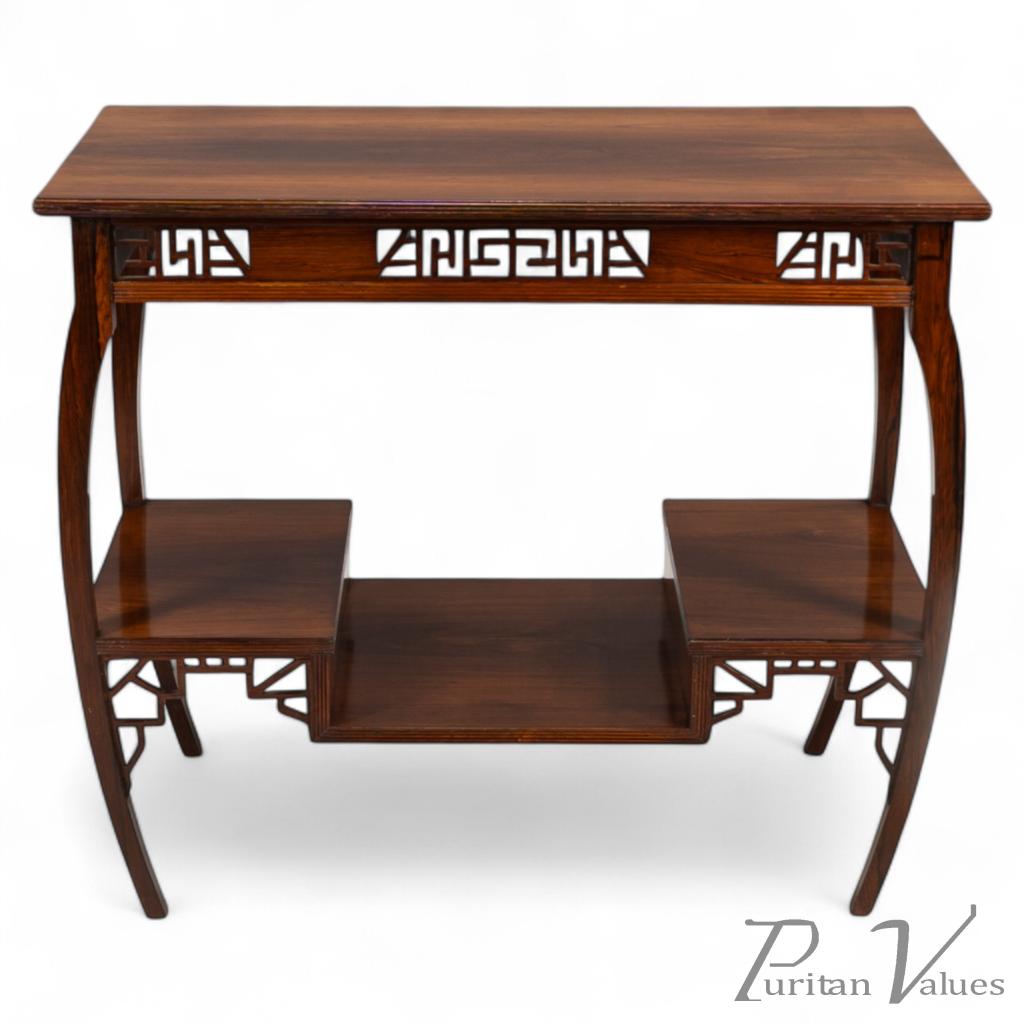
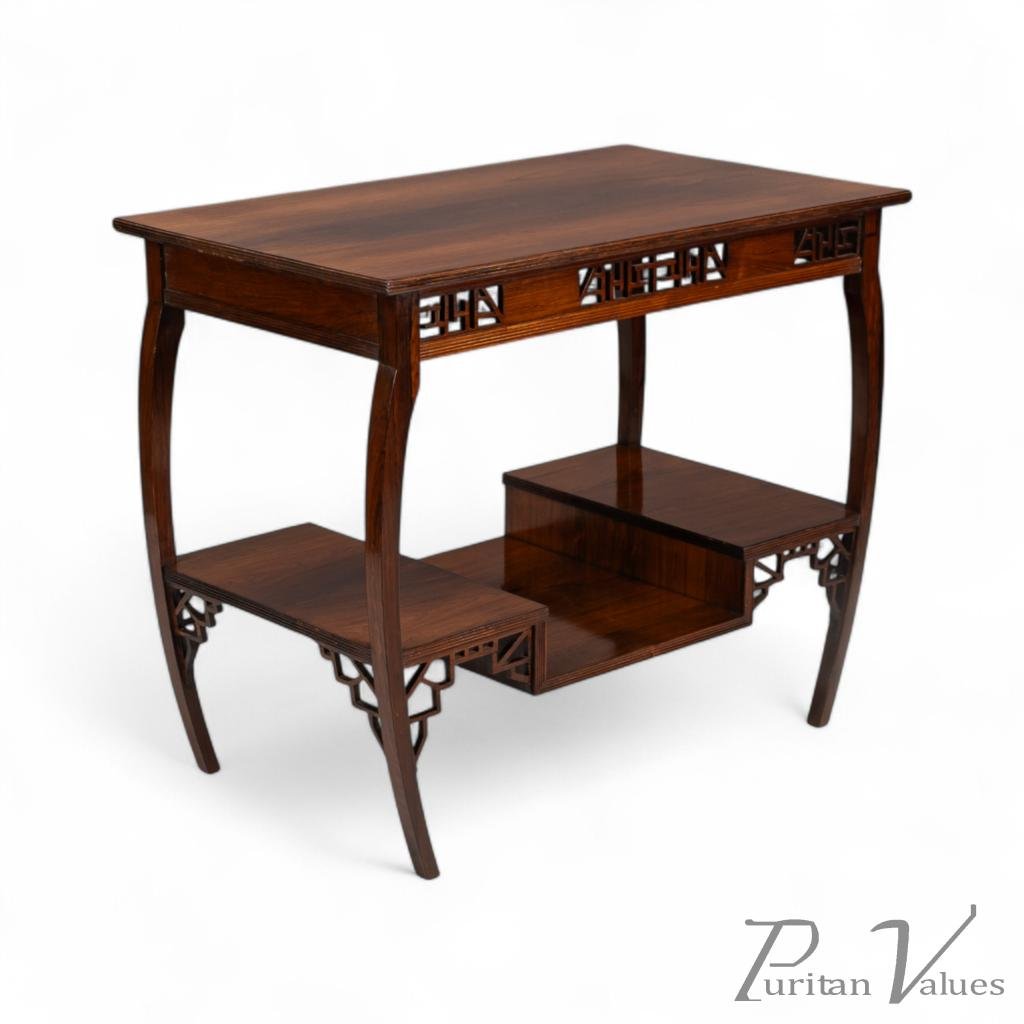

















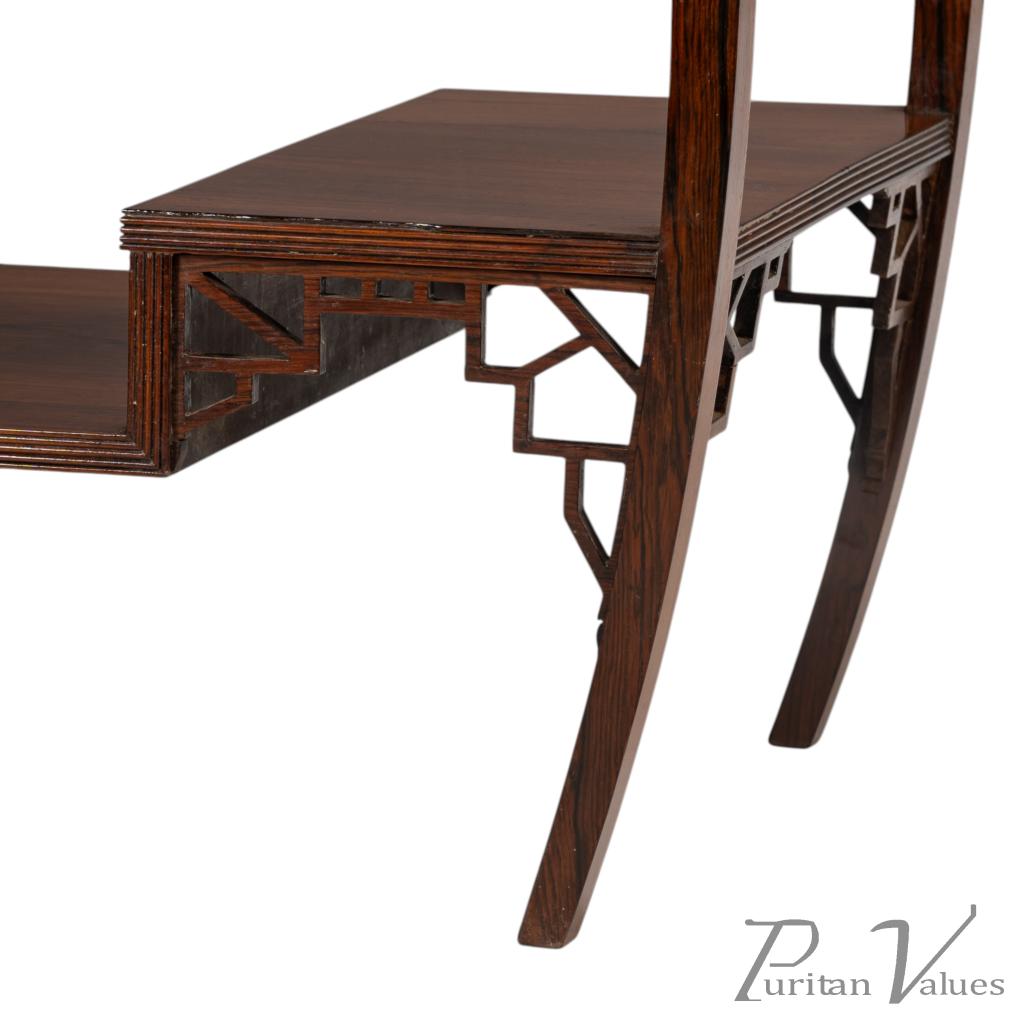


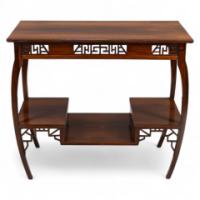
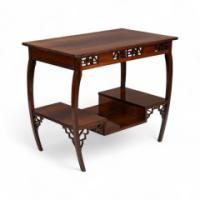
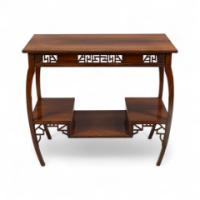
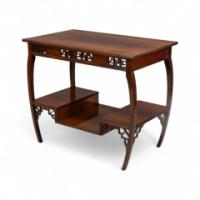
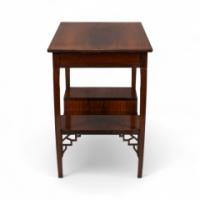
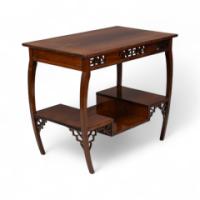
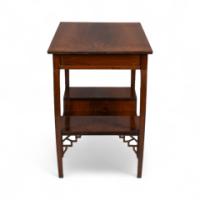
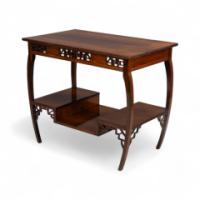
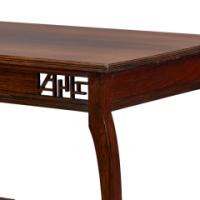
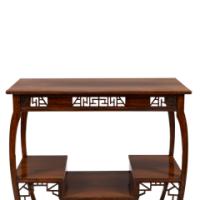
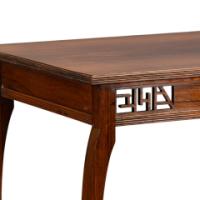
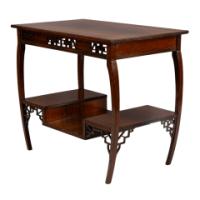
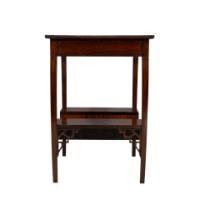
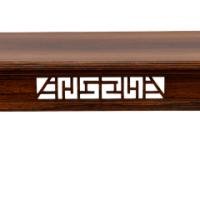
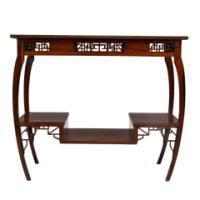
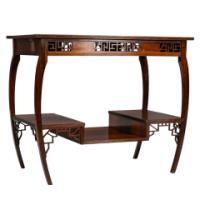
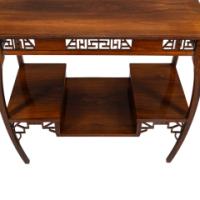
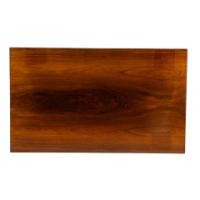
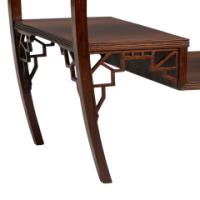
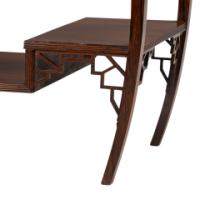
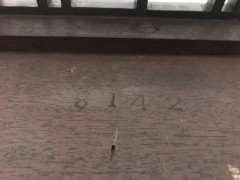
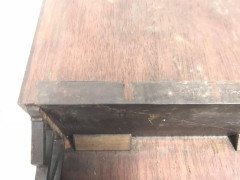





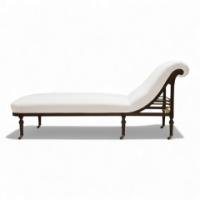

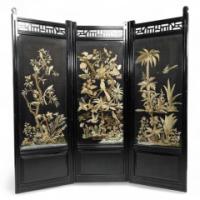
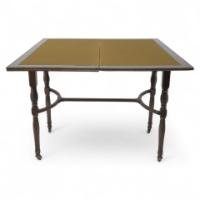

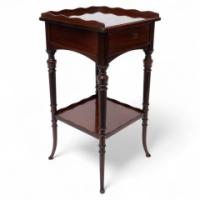

-thumb.jpg)

